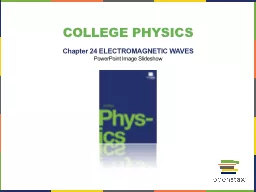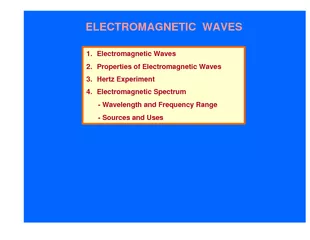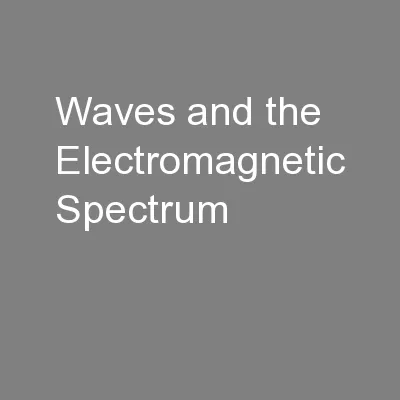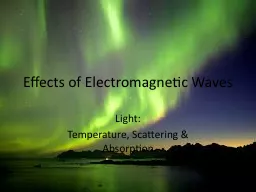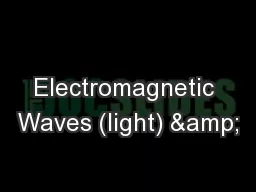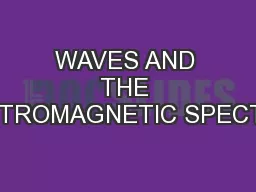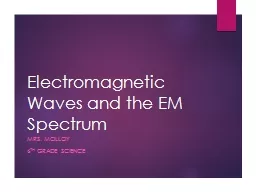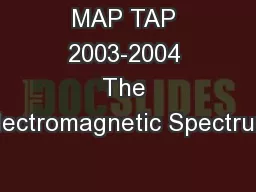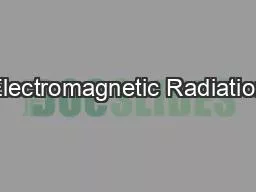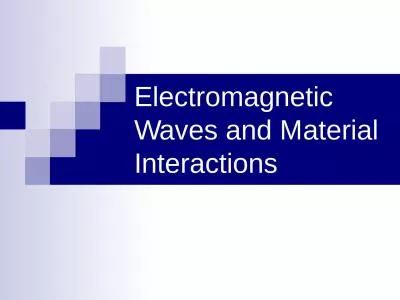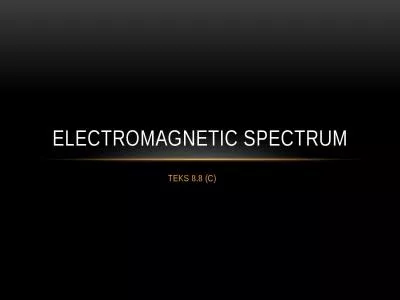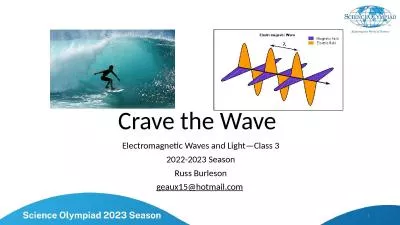PPT-College Physics Chapter 24 ELECTROMAGNETIC WAVES
Author : marina-yarberry | Published Date : 2019-12-09
College Physics Chapter 24 ELECTROMAGNETIC WAVES PowerPoint Image Slideshow Figure 241 Human eyes detect these orange sea goldie fish swimming over a coral reef
Presentation Embed Code
Download Presentation
Download Presentation The PPT/PDF document "College Physics Chapter 24 ELECTROMAGNET..." is the property of its rightful owner. Permission is granted to download and print the materials on this website for personal, non-commercial use only, and to display it on your personal computer provided you do not modify the materials and that you retain all copyright notices contained in the materials. By downloading content from our website, you accept the terms of this agreement.
College Physics Chapter 24 ELECTROMAGNETIC WAVES: Transcript
Download Rules Of Document
"College Physics Chapter 24 ELECTROMAGNETIC WAVES"The content belongs to its owner. You may download and print it for personal use, without modification, and keep all copyright notices. By downloading, you agree to these terms.
Related Documents

